Writer and Artist
Jean Fitzgerald has contributed this wonderful essay on the Mindfulness of food and daily living.

I credit
Thich Naht Hahn, the Nobel Peace Prize winner, for 'saving' my life. After I read his two books
The Miracle of Mindfulness, and
Anger, I understood that Mindfulness, concentrating on doing one thing at a time, and doing that one thing with full attention and focus, is something that I have to work very hard to achieve, and must PRACTICE for the rest of my life.
When I am creating art, I am mindful. When I watch a beautiful, artistically created film, I am mindful. While alone and reading, I am mindful. At most other times of the day, especially when I am communicating with others or eating, I am not mindful. I am not, as contemporary philosopher
Eckhart Tolle expresses it,
Living in the Now. I am busy thinking of several things at once, interrupting someone else's flow of spoken words, finishing their sentences, and eating like a very, very hungry wolf. I often stand to eat, or eat while I watch a movie or while I am talking on the phone.
By not bringing my entire attention to bear on the act of eating, I am robbed of essential experiences. I am not focused on smelling my food, chewing my food, or even, really, tasting my food. I am not aware of my breathing and swallowing. I overindulge until I feel pain in my upper GI tract, just below my chest. My stomach enzymes are unprepared to receive the onslaught, nor is my mind grateful and appreciative, moment by moment, of an awareness of sensory bliss. Finally, I am not prepared to STOP eating, to stop drinking. I've eaten so rapidly and mindlessly that I want to continue chewing, and it is a revelation to recognize that I could chew for hours, even if after dinner, for example, I am consuming snacks of some kind. When I stand to leave a restaurant, I feel awkward, stiff, as if I should be wearing flowing robes to cover and hide my stomach. The athlete that I used to be is chagrinned and dismayed at the difficulty of unfolding belly and legs from underneath the dining table. There must be an alternative approach to food and eating...
I typically don't know where the food I eat was grown or processed, how much salt or sugar is in it, or what effect it is having on my body. For example, one of my favorite foods currently is Tom Yum soup. I order it at Thai restaurants, Vietnamese restaurants, and Chinese restaurants. I recently discovered that the paste used to make this delicious lemongrass soup has 3300 mgs of sodium per serving. (from Maesri brand label) No way!!!! Panic. Well, there must be a different possibility so that I can still have Tom Yum Soup; I'll have to make it myself without all the salt. I am confident that I will find the means to preparing my own low sodium paste.
Thich Naht Hahn states:
Our anger, our frustration, our despair, has much to do with our body and the food we eat.We must work out a strategy of eating, of consuming to protect ourselves from anger and violence. Eating is an aspect of civilization. The way we grow our food, the kind of food we eat, and the way we eat it has much to do with civilization because the choices we make can bring about peace and relieve suffering.The food we eat can play a very important role in our anger. Our food may contain anger. When we eat the flesh of an animal with mad cow disease, anger is there in the meat. But we must also look at the other kinds of food that we eat. When we eat an egg or a chicken, we know that the egg or chicken can also contain a lot of anger. We are eating anger, and therefore we express anger.
Today we are not ignorant of commercial methods used to confine chickens that provide us with eggs and their meat, and Thich Naht Hahn goes on to detail these familiar agricultural techniques. In his view, by robbing chickens of natural light, the space to move freely and to rest, as well as the ability to peck at the soil to find food, chickens are driven mad with frustration and suffering. The farmers chop off their beaks to keep them from pecking one another to death while living in these miserable conditions. Thich Naht Hahn promotes utilizing and eating only organic farm produced food: eggs, milk, meat, fruit and vegetables nurtured with a conscientious, compassionate, morally aware and honest heart. He regards body and mind as one. The impact of how we eat, and what we consume, upon our well being and health is inseparable. Many people are beginning to realize that what happens to the body also happens to the mind, and vice versa. Modern medicine is aware that the sickness of the body may be a result of sickness in the mind.
He goes on to comment:
Eating is a deep practice...Our eyes are bigger than our stomach. We have to empower our eyes with the energy of mindfulness so that we know exactly what amount of food we really need. The Chinese term for the alms bowl used by a monk or nun means "the instrument for appropriate measure." We use this kind of bowl to protect us from being deceived by our eyes. If the food comes to the top of the bowl, we know that it is largely sufficient. We take only that amount of food. If you can eat like that, you can afford to buy less. When you buy less food, you can afford to buy organically grown food.We try not to consume things that nurture our anger, frustration, and fear.
Today, I may not experience the physical or emotional pain of eating food that is not grown organically and conscientiously. My stomach may not have been injured yet by mindlessly over-consuming. These effects appear to usually be cumulative over a great deal of time, except in individually unique situations where perhaps the individual has been unaware of great harms being contributed rapidly and/or that they possess a particular physical abnormality or weakness. But at some point in time, each of us will have a moment of reckoning with the urgent requirement to take good care of our bodies and our minds. Then comes the retrospect; A wealth of moments that can exist as spiritually creative and deep awarenesses, moveable feasts, have been lost, just for a lack of enthusiasm for practicing Mindfulness earlier in our lives.
This morning I made (on low heat so as not to lose important vitamins) a dish with lentils (buy bulk, it is cheaper and you don't have to ingest BPA's from cans which give you estrogen - the wrong kind) and chopped organic garlic, a small bulb vidalia onion, fresh chopped beets and carrots, parsley, and mint, and a half a teaspoon of raw honey. I cannot tell you how delicious it was; I could drink the sweet, reddish juice it made! No added sugar, no added salt. Because it was a labor of love, I mindfully ate a half a bowl, and put the rest of it in the fridge for dinner.
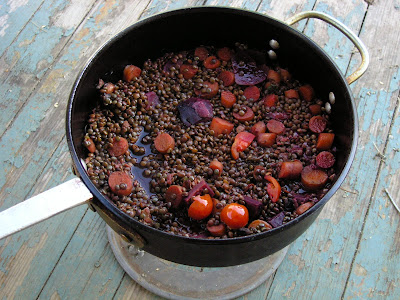
Namaste. Consume with me, mindfully and with attention to one thing in the moment, and please let me know your results.
The Miracle of Mindfulness Anger: Wisdom for Cooling the Flames
Anger: Wisdom for Cooling the Flames

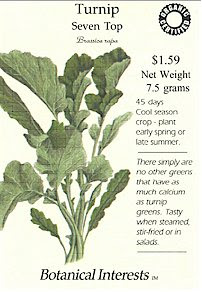





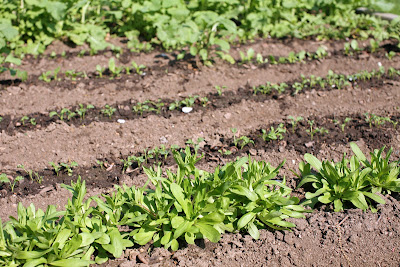
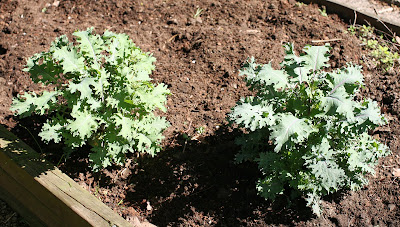





 Catnip (Nepeta cataria)
Catnip (Nepeta cataria) Lemon balm (Melissa officinalis)
Lemon balm (Melissa officinalis)


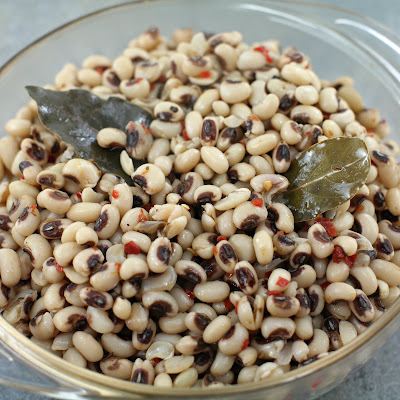

 Laura Pedrick for The New York Times
Laura Pedrick for The New York Times



